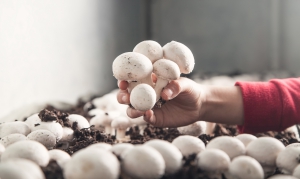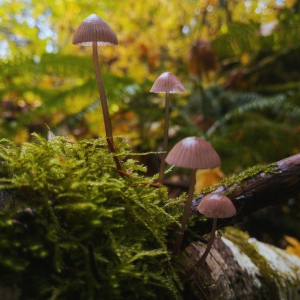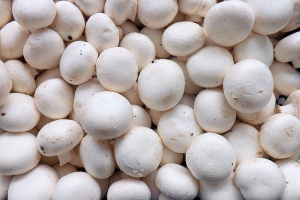
Fred Musc
About the mushroom production process
Feb 26,
2024
Phase 1: Making Fresh CompostThe process of mushroom farming starts with the creation of fresh compost. A balanced mixture of different raw materials, including hay,…
As the sun's warm embrace blankets the earth, a quiet wonder emerges beneath the forest canopies, in fields, and even in our own backyards. Mushrooms,…
Exploring the Delightful World of the White Cap Mushroom - A Culinary Adventure by Fred Musc
Jun 07,
2023
Welcome, fellow mushroom enthusiasts! Today, we embark on a fascinating journey into the world of the White Cap mushroom (Agaricus bisporus). Join me as we…
A World of Mushrooms
May 03,
2023
A World of Mushrooms: Where Your Favorite Fungi are Produced Mushrooms are one of the most versatile and nutritious foods on the planet, with a…

























